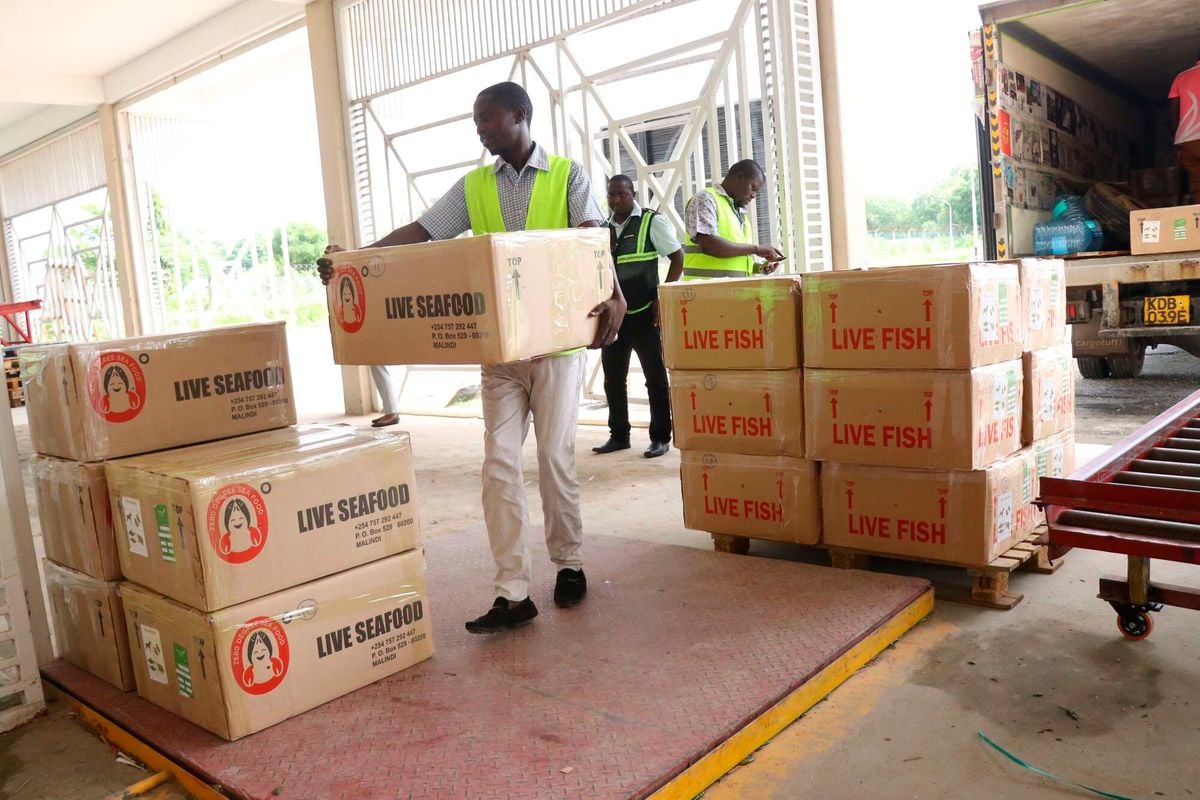
Kenya maintains robust trade relationships with East African Community (EAC countries), including Uganda, Tanzania, South Sudan, and Rwanda, which are key destinations for its exports and sources of imports.
The government’s various economic strategies emphasise the importance of economic partnerships within East Africa, the broader African region, and the international community to enhance and diversify Kenya’s exports.
However, Kenya needs to develop the necessary capacity to implement these strategies effectively.
Limited harmonisation of trade mandates within the Trade, EAC, and Foreign Affairs ministries may lead to conflicts in trade policies, hindering seamless implementation of trade agreements.
Production and supply constraints linked to transport infrastructure, competitiveness, production linkages, and integration of micro, small and medium enterprises (MSMEs) into value chains limit Kenya’s ability to capitalise on export opportunities and fully diversify its export base.
Non-tariff barriers also create complexities, hampering intra-African trade. Kenya’s economy is also vulnerable to global demand and price fluctuations due to dependence on a few key commodities. At the same time, environmental hazards and climate change pose risks to sustainable agricultural export trade.
To enhance the efficiency of export processes, the government can modernise and upgrade trade infrastructure, prioritising investments in transport networks and energy systems. Improving connectivity and reducing transportation costs will facilitate efficient trade within the EAC framework.
Additionally, supporting exporters in meeting international quality standards and compliance requirements through capacity-building programs, technical assistance, and certification support will be crucial.
Kenya should diversify its export base by exploring new sectors such as manufacturing and services to reduce dependence on a few commodities.
This will help seize emerging opportunities and increase export competitiveness. Providing exporters with timely market intelligence, trade information, and access to financing opportunities will enable them to make informed decisions and capitalise on market trends.
Simplifying and streamlining administrative procedures related to export and import processes is essential to reduce bottlenecks and improve trade efficiency.
Implementing digital platforms and technologies will facilitate faster and more transparent trade transactions.
Targeted support for MSMEs through training, capacity building, and financial assistance will help integrate them into value chains, enhance their competitiveness, and improve market access.
Strengthening cooperation and coordination among relevant agencies is necessary to implement trade agreements and standards effectively.
It includes addressing regulatory, technical obstacles and eliminating non-tariff barriers to trade that hinder the smooth flow of goods across borders.
Diversification efforts should focus on identifying and targeting new export markets and products, which align with Kenya’s comparative advantages, enabling the negotiation of favourable market access terms within the EAC framework and other regional trade agreements.
Supporting industries with high growth potential, like financial services, information technology, and tourism, is essential.
Encouraging value in addition to export-oriented manufacturing and services will increase Kenyan products’ competitiveness in international markets.
Strengthening collaboration with regional communities like the EAC and Comesa through harmonised trade policies, eliminating trade barriers, and promoting intra-regional trade will further boost Kenya’s trade prospects.
Developing robust monitoring and evaluation frameworks will aid track the progress and effect of trade policies and interventions, allowing for regular assessment and necessary adjustments to ensure effectiveness.
Dr Odhiambo, Ph.D. teaches Actuarial Science at Meru University of Science and Technology (MUST) and is an AI Researcher and a Public Policy Analyst. Email: [email protected] X: @Dr_Jodhiambo









